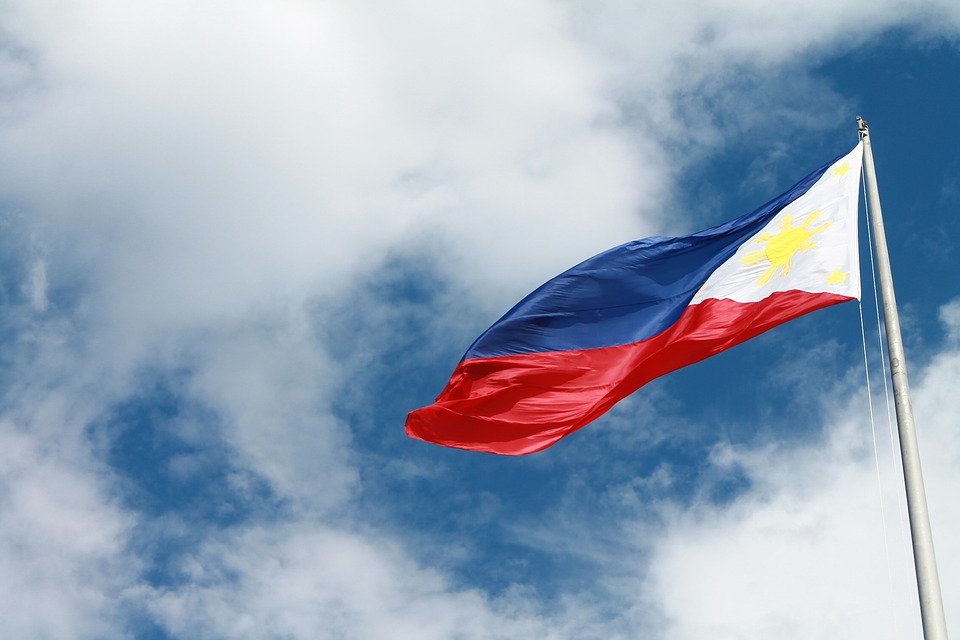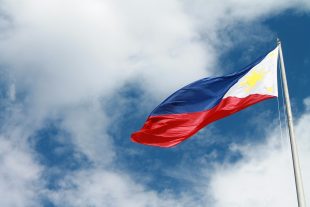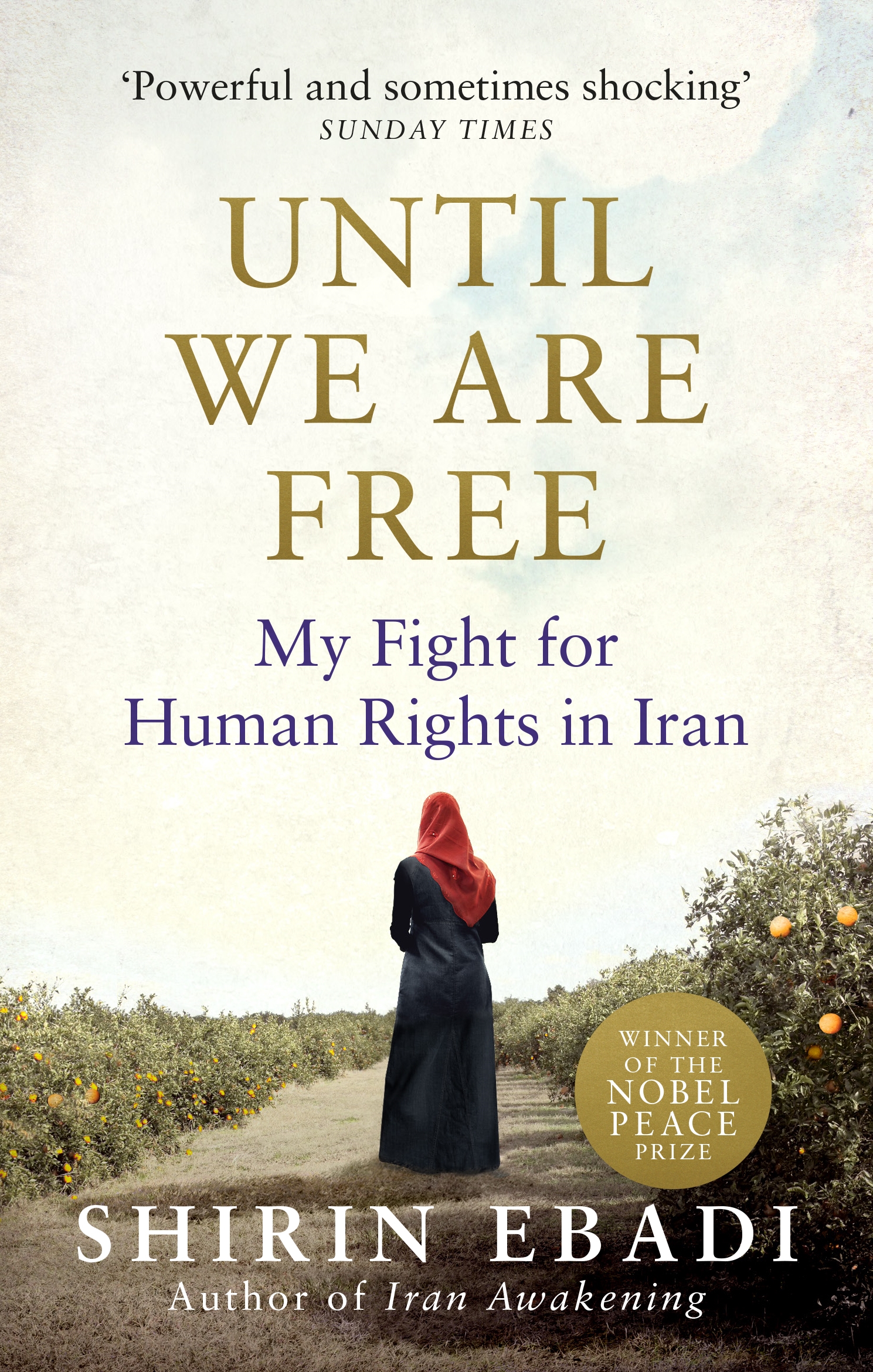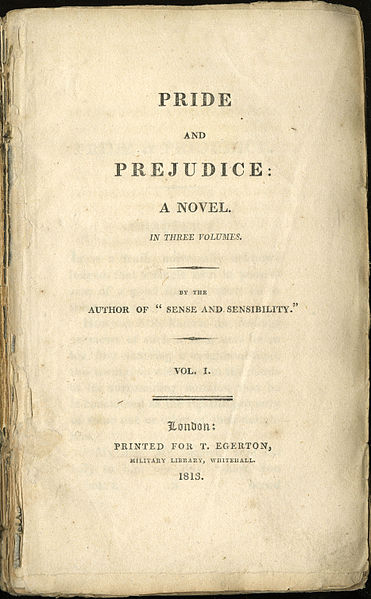
[Book Review] President Duterte: How and Why?
 Easy answers came fast on the heels of his May 2016 election, most putting him down for a fool or a tool. Two new books take a closer look at both Rodrigo Duterte the man and the initial phase of his presidency. In A Duterte Reader, sociologist Nicole Curato gathered 19 Filipino scholars, journalists and activists to reflect on the Duterte administration’s first year, while in The Rise of Duterte, Manila-based political scientist and prolific commentator Richard Javad Heydarian collects some of his most thoughtful recent analysis. In both, the authors situate Duterte in history, compare him to other Philippine politicians, analyze his speeches and draw on polling data. They look behind his crude vulgarities and unpredictable policies to ask whether the candidate who campaigned on a platform of tunay na pagbabago (“real change”) has actually delivered it.
Easy answers came fast on the heels of his May 2016 election, most putting him down for a fool or a tool. Two new books take a closer look at both Rodrigo Duterte the man and the initial phase of his presidency. In A Duterte Reader, sociologist Nicole Curato gathered 19 Filipino scholars, journalists and activists to reflect on the Duterte administration’s first year, while in The Rise of Duterte, Manila-based political scientist and prolific commentator Richard Javad Heydarian collects some of his most thoughtful recent analysis. In both, the authors situate Duterte in history, compare him to other Philippine politicians, analyze his speeches and draw on polling data. They look behind his crude vulgarities and unpredictable policies to ask whether the candidate who campaigned on a platform of tunay na pagbabago (“real change”) has actually delivered it.
Almost every explanation offered in these two books begins in the middle of an urban highway. From Feb. 22-25, 1986, as many as a million Filipinos gathered on Manila’s Epifanio de los Santos Highway (EDSA) to prevent President Ferdinand Marcos from attacking a group of military defectors who had broken with his regime to support Corazon Aquino in the aftermath of elections widely viewed as fraudulent. Philippine political culture was reborn in those four days, creating vocabularies of democracy and expectations for sweeping reform even as entrenched elites continued business as usual. More than 30 years later, it is clear that People Power did not bring about the transformation that was heralded as Aquino swept Marcos from power. As politicians prattled on about the “unfinished” revolution but offered little explanation for why so many tasks were so long left undone, doors opened for media-savvy populists, most notable among them President Joseph Estrada, whose ill-starred administration collapsed as protestors again filled the streets of EDSA in early 2001. While ordinary people endured grinding poverty, a rising middle class demanded infrastructure, public safety and an end to corruption. The poor wanted someone to speak for them, and the middle class wanted the government to do something. Both were disappointed.
This was a ticking time bomb, and the election of Duterte was its explosion. The mayor of the provincial city of Davao in Mindanao ran an outsider campaign, and set out to build a disruptive administration unshackled from the entrenched powers of the military, the Catholic Church, and the wealthy oligarchy run by the so-called 40 families. “Rody” promised peace with the Communists, steady economic growth, and above all, order — all bathed in the nostalgic glow of Marcos’s 1972 declaration of martial law that promised much the same thing before it collapsed into a morass of corruption. As Nicole Curato concludes in A Duterte Reader, “the regime’s legitimacy is underpinned by a complex web of negotiated relationships with the state’s coercive apparatus, concessions to elite rule, adaptability to changing media landscapes, as well as resonance of Duterte’s rhetoric to the sentiments of a frustrated public.” Brilliant? Lucky? Dangerous? Overhyped? Well, it depends who you ask.
Explaining the appeal — and impact — of such a contradictory and shapeshifting leader requires the multiple perspectives offered in A Duterte Reader. For most of the book’s authors, the centerpiece of Duterte’s administration is Operation Double Barrel, his ruthlessly violent campaign against domestic drug trafficking. Distinguished commentators Sheila Coronel and Nathan Quimpo see in Duterte’s war on drugs his disdain for democracy, the rule of law and basic human rights, along with a chilling reminder of the Philippines’ dictatorial and militaristic past. Veteran activist Walden Bello goes furthest, deeming Duterte a “fascist.” The public, however, has wildly supported the drug war. Political scientist Ronald D. Holmes parses polling data showing approval rates regularly topping 80 percent across lines of region, class and gender, and concludes that Duterte’s campaign for law and order — which has sparked global condemnation — is the source of his popularity at home.
The book’s younger scholars explore other aspects that are key to Duterte’s appeal. In an essay on Mindanao, Jesse Angel L. Altez and Kloyde A. Caday attribute his regional support in the southern Philippines not to unthinking hometown pride but to his ability to make people feel “empowered and … hopeful.” Cultural studies scholar Anna Cristina Pertierra proposes that Duterte, a one-time television host, reflects “a political culture where policies and processes have been less effective than the glitz of show business and success of personal charisma.” While Jayson Vincent A. Cabañes and Jayeel S. Cornelio caution against the term “troll,” they nevertheless see a clear relationship between Duterte’s crude language and the intense vitriol spewed by his online supporters. Much of that vulgarity is misogynistic and homophobic, and John Andrew G. Evangelista explores the contradiction of how a country with some of Asia’s highest ratings for gender equality could produce a president prone to rape jokes and unwanted kisses. “Duterte did not make politics sexist,” Evangelista explains. “It was already sexist to begin with.” Cleve Kelvin Robert V. Arguelles highlights Duterte’s “other war” — his fight to control the memory of the 1980s, whether by orchestrating the November 2016 burial of Ferdinand Marcos at the Libingan ng mga Bayani (Heroes’ Cemetery) outside Manila or by forgoing near-sacred national commemorations of the anniversary of the People Power protests. For Arguelles, the hollowing-out of the memories of 1986 “was not solely Duterte’s doing,” but merely reveals “how fragmented and eroded the EDSA revolution memory had already been.” Notice that a pattern has begun to emerge among the authors’ conclusions. Duterte, they collectively insist, represents the reflection of an already distorted politics and a long-exhausted liberalism.
Speaking of distortion and exhaustion, where is the radical left? Decades of armed insurgency by the Communist Party of the Philippines and its armed wing, the New People’s Army (NPA), virtually evaporated with Duterte’s campaign commitment to negotiate with the NPA and his inclusion of leading leftists in key cabinet positions related to labor, housing and social welfare. “We support Duterte’s pro-people pronouncements and programs,” observed a spokesman for the leftist alliance Bayan, “even as we offer alternatives to many of the government’s programs.” Political scientist Emerson M. Sanchez asserts (perhaps more hopefully than persuasively) that cooperation with Duterte “holds the promise of delivering lasting peace in a protracted war,” although he warns that it “may create a void in critical discourse formation and cripple a militant vocabulary.” Lisandro E. Claudio and Patricio N. Abinales, by contrast, insist that the void has already emerged, wryly observing that Duterte and the NPA share “a penchant for top-down leadership and a disdain for liberal democracy.” True enough, though there are many strands of progressivism, some are more critical of the administration than others. All the writers here agree the ties between Duterte and the left are opportunistic and tentative. Indeed, fault lines have already emerged around Duterte’s rehabilitation of Ferdinand Marcos and his commitment to uphold neoliberal economic policies. Should Duterte walk away from talks with the NPA — which seems probable given that the Philippine military is unlikely to consent to the large-scale release of political prisoners — the fragile coalition could easily unravel. Whether left groups could then recover their traditional politics of opposition remains to be seen.
The essays in A Duterte Reader richly document the origins of Duterte’s politics and its persistent appeal. Few, though, have much to say about Philippine foreign relations, which demands the same kind of rich and nuanced analysis these authors give to domestic politics. Ever since independence in 1946, every Philippine president has walked a fine line between insisting on an “independent foreign policy” and burnishing close connections to Washington. Duterte has called for a “separation” from the United States and advocated closer ties with China. Is this real change or just traditional diplomatic double-talk?
Richard Heydarian’s slim volume of essays covers a range of topics, but is at its strongest in his analysis of Duterte’s foreign policy. (The book appeared before the air strikes on ISIS-identified militants in the southern city of Marawi.) High-profile visits by Duterte to Beijing aside, the basics of US-Philippine military relations have not changed: the Mutual Security Act commits the US to military protection, while the Enhanced Defense Cooperation Agreement allows joint maneuvers, training and ship visits. Heydarian argues this is not an erratic or inconsistent foreign policy but one that “follows a strategic logic which is sensible for smaller powers precariously caught between competing superpowers.”
Like many of the contributors to A Duterte Reader, Heydarian sees Duterte as the culmination of three decades of political crisis. By contrast, though, he steps away from the man himself, arguing strenuously for the existence of “Dutertismo,” a political ideology and approach to governance that draws from Duterte’s “deep and diversified base,” targets his enemies at the expense of basic liberal principles and stands primed to consolidate power in executive hands even if it did not do so on the day after the inauguration. Nor will Dutertismo disappear when his administration is over. Few of the authors in A Duterte Reader imagine Philippine political culture after Duterte. If Heydarian is correct, the future is grim indeed. When will that future come? Not soon enough for global progressives, whose superficial comparisons to Vladimir Putin or Hugo Chávez or Donald Trump miss the point. At best, such sloppy claims oversimplify a complex political history to fit a global model of illiberal democracy. At worst, they resurrect stale colonial assumptions of tropical corruption. “There is nothing exotic about the Philippine case,” Curato reminds us.
Reading these two books — really digging into Philippine history and politics — makes it hard to be satisfied with one-dimensional portraits of Duterte or hasty explanations for his rise. But they also show that every factor that has contributed to Duterte’s success can quickly become the cause of his demise. He has staked so much on the drug war that if it fails or spirals further out of control, he will take the blame. Having boasted of his ability to deal with the Communists, he will be left empty-handed if they walk away from the negotiating table. And having promised both to work with China and stand up to China, he may yet find that a flare-up in the South China Sea could require him to fulfill his promise to get on a jet ski and seize the contested islands himself. Should he jet off into the sunset, will the people follow him? Or will they return to the streets of EDSA, demanding “real change” yet again? As Julio C. Teehankee explains in his contribution to A Duterte Reader, “the rise of Duterte exposes the inherent weakness of a democracy that is impervious to the demands of the public.” Maybe that is the real unfinished revolution.
By Christopher Capozzola, Professor of History at the Massachusetts Institute of Technology. He is writing a history of Filipinos in the US armed forces.
(Global Asia)







